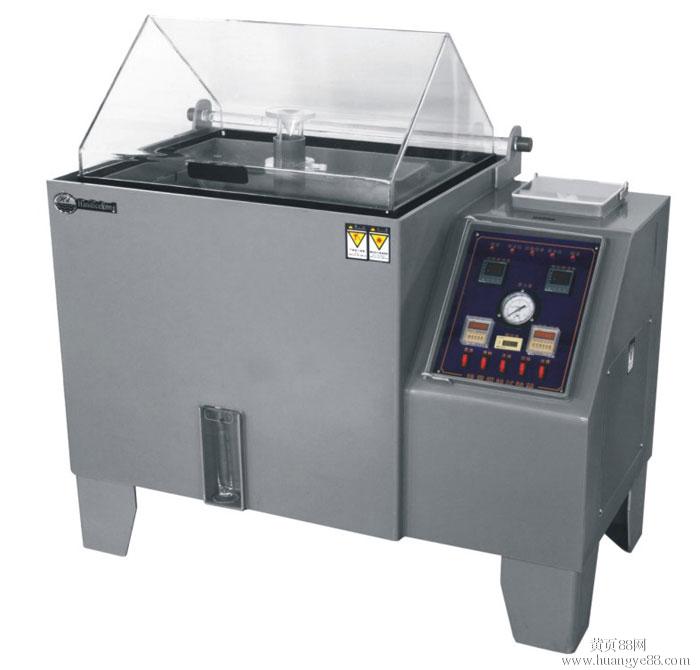Salt spray test is an environmental test to test the corrosion resistance of products or metal materials by simulating salt spray environmental conditions with salt spray test equipment. It is a laboratory simulation of the atmospheric salt spray state in the environment, and has the characteristics of standardization and acceleration. Compared with the natural environment, the salt concentration of chloride in salt spray test equipment is usually several times of the salt spray content in natural environment; Even dozens of times. Therefore, the corrosion rate is greatly improved. After exposure to salt spray corrosion in natural environment for one year, it can be completed in artificial simulated salt spray test environment for 24 hours, and similar results are obtained.
3. Types of salt spray test
3.1 Neutral Salt Spray Test (NSS)
An accelerated corrosion test method which is the earliest and most widely used at present appears. Test conditions are continuous salt spray at 35˚ C; The humidity is above 95%; 5% sodium chloride saline solution; The pH value of the solution is set in the neutral range (6.5 ~ 7.2). The mist reduction amount is 1 ~ 2 ml/(h 80 cm2). Salt mist is deposited on the tested test piece, and its surface corrosion state is observed after a certain time.
3.2 acetic acid salt spray test (ASS)
Developed on the basis of neutral salt spray test. On the basis of NSS, some glacial acetic acid was added into 5% sodium chloride solution, and the pH value of the solution was reduced to about 3, forming acid salt mist. The corrosion rate is about 3 times that of NSS test.
3.3 copper accelerated acetic acid salt spray test (CASS)
In order to adapt to the rapid development of economy and industry, in recent years, more products began to adopt this accelerated acetate mist corrosion test. The test condition is that the temperature is 50℃ and a small amount of copper salt-copper chloride is added into the salt solution, which strongly induces corrosion. The pH value of salt spray collection solution is 3.1-3.3, and the corrosion rate can reach 8 times of NSS test.
3.4 Alternating salt spray test (cyclic corrosion salt spray test)
Alternating salt spray test is a comprehensive salt spray test, which combines salt spray, dryness, damp heat (soaking, moisture and condensation, etc.) to simulate the actual application environment of products. Through the infiltration of tidal environment, salt spray corrosion occurs not only on the surface of the product, but also inside the product. In this test, the products are changed alternately under salt fog and damp heat, and finally, the electrical and mechanical properties of the whole product are tested. This test is mainly used for the test of cavity-type whole machine products.
